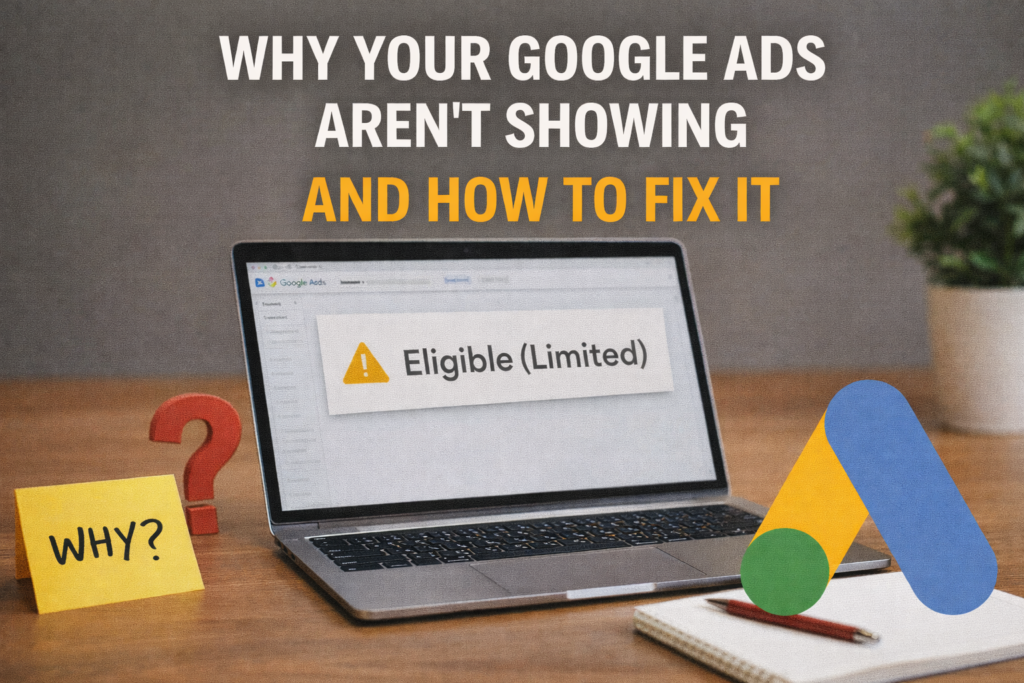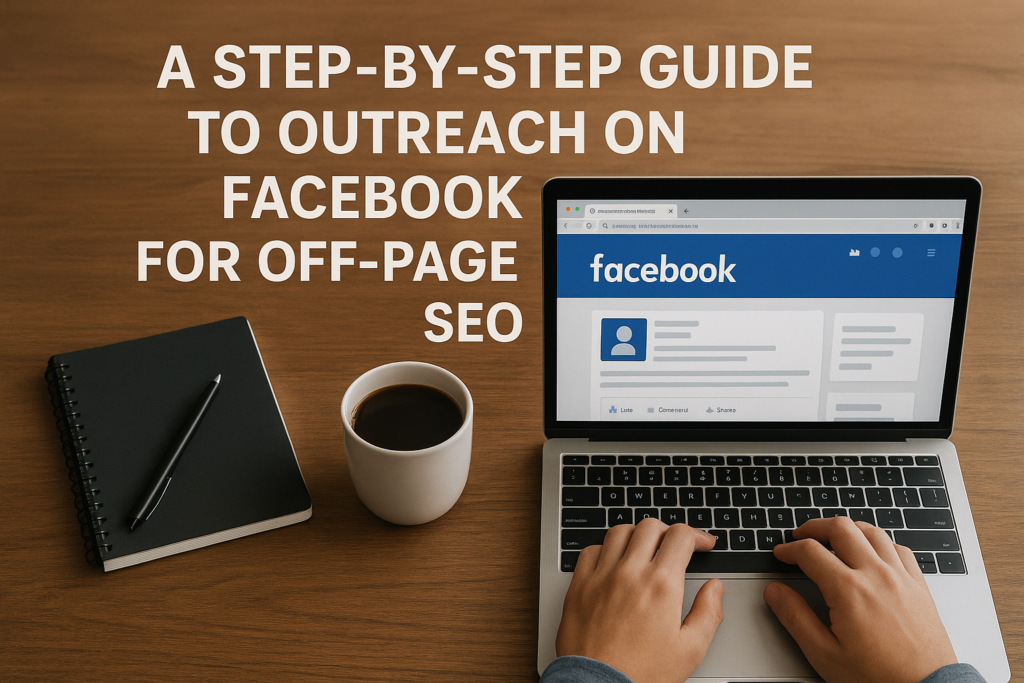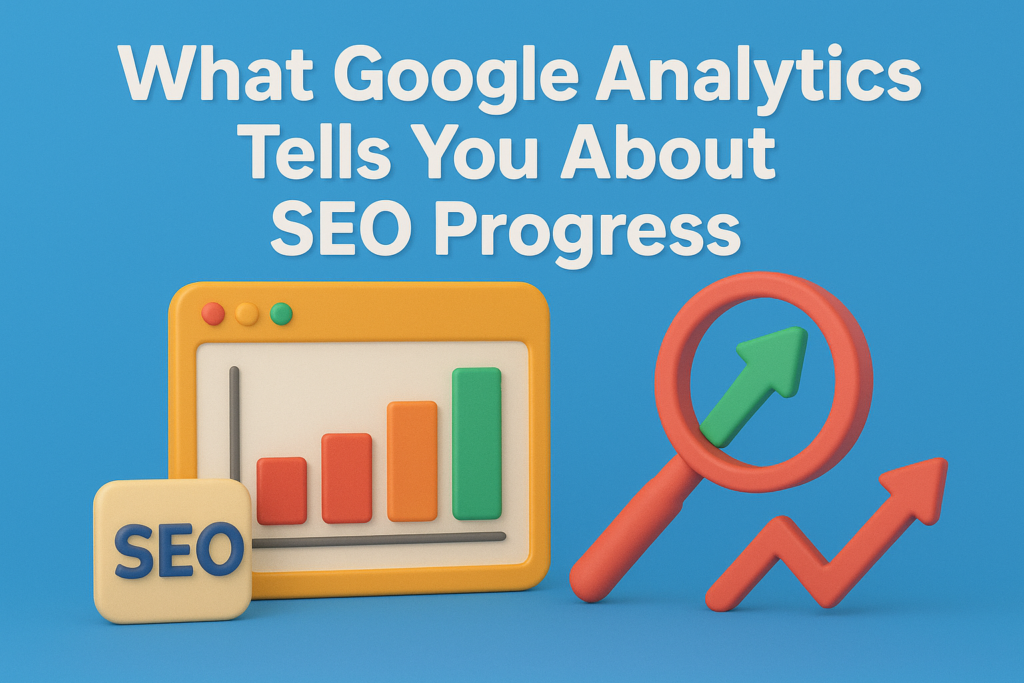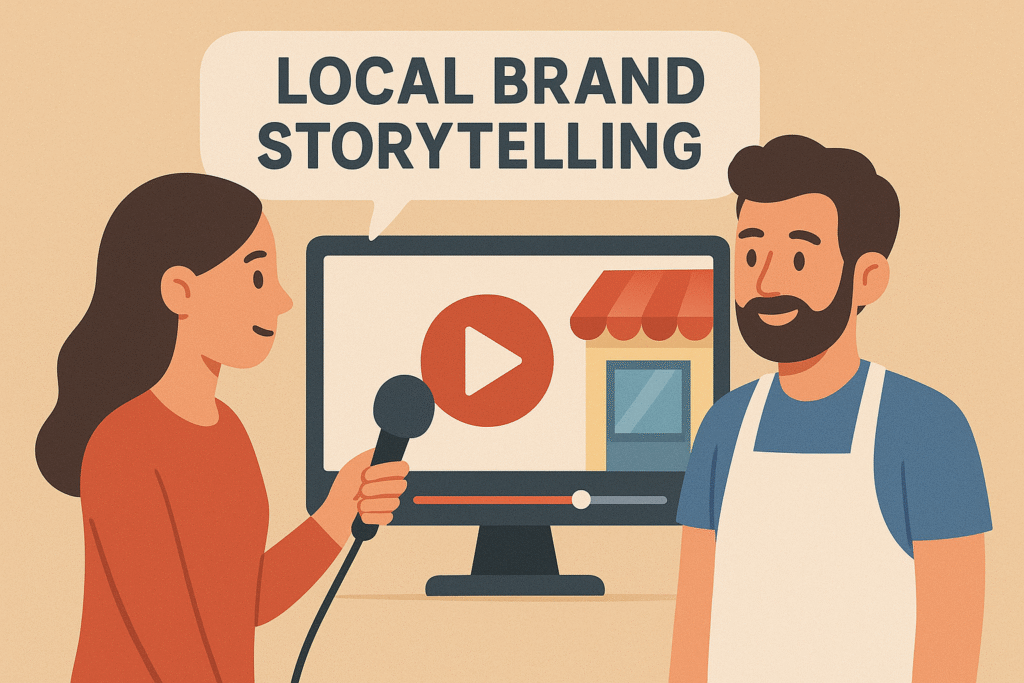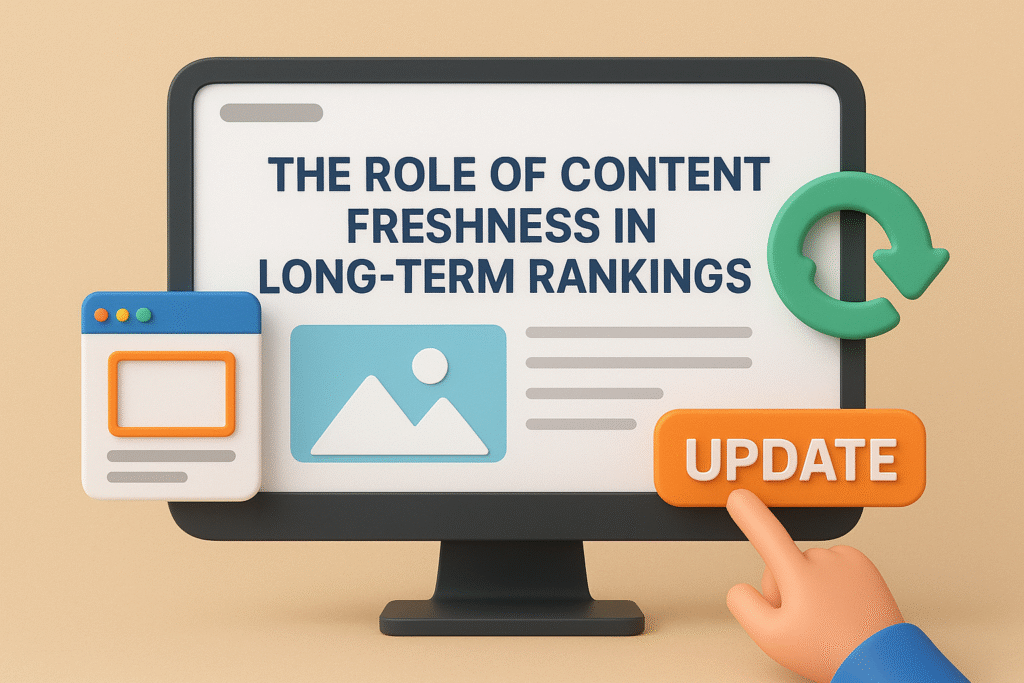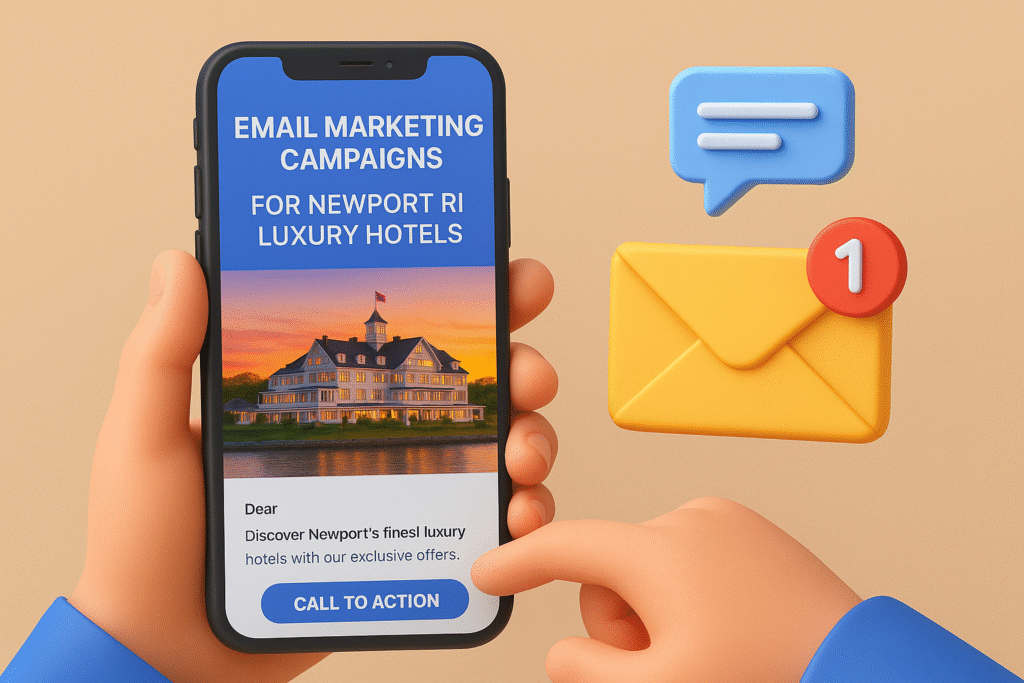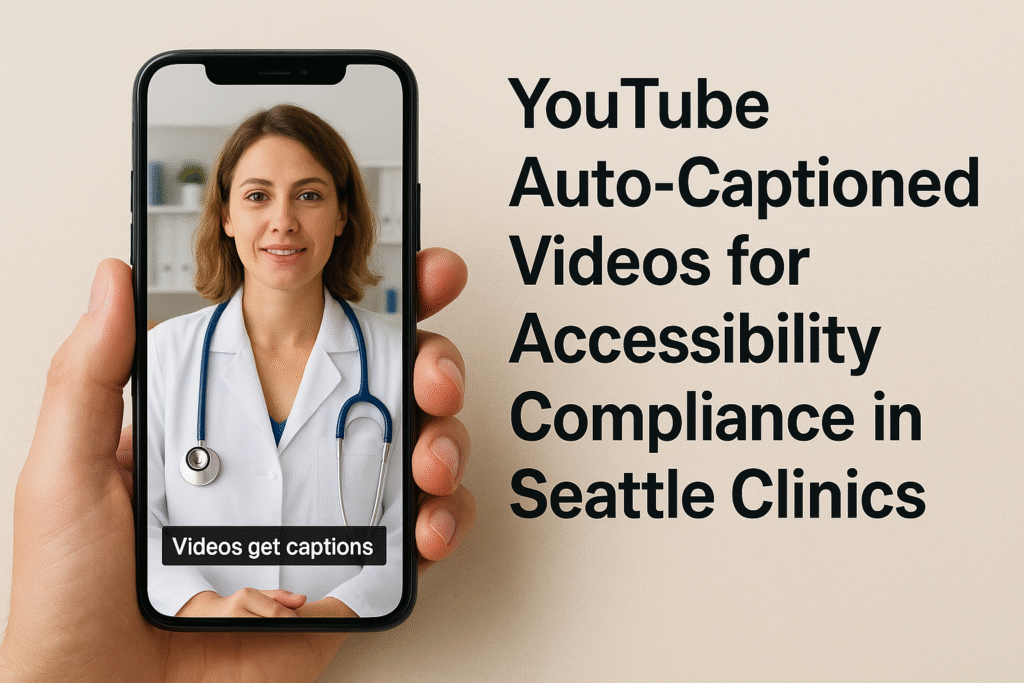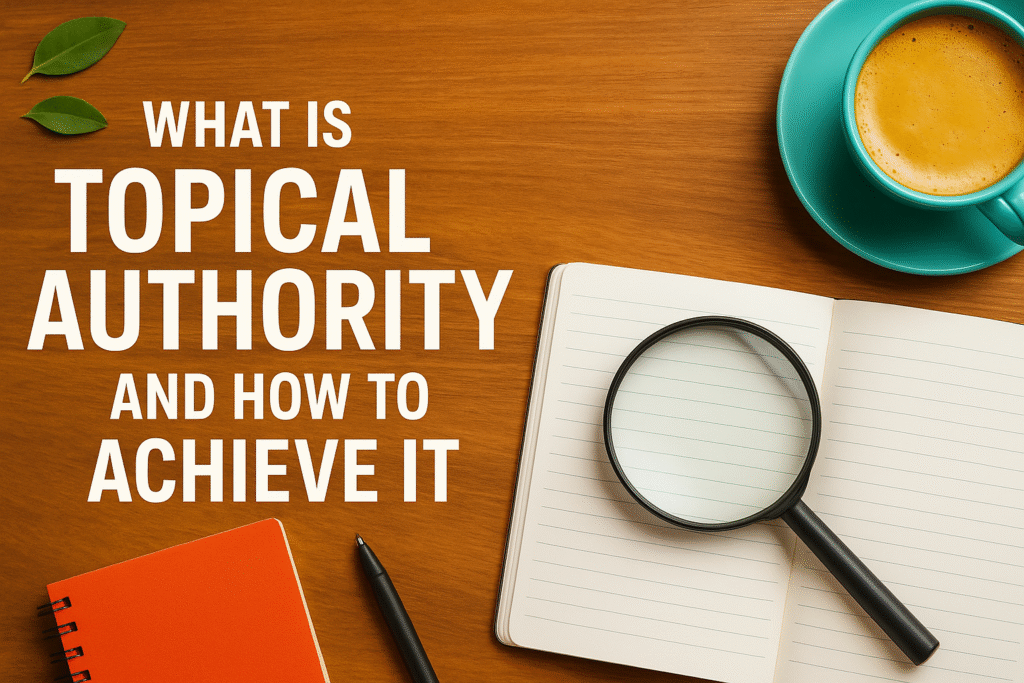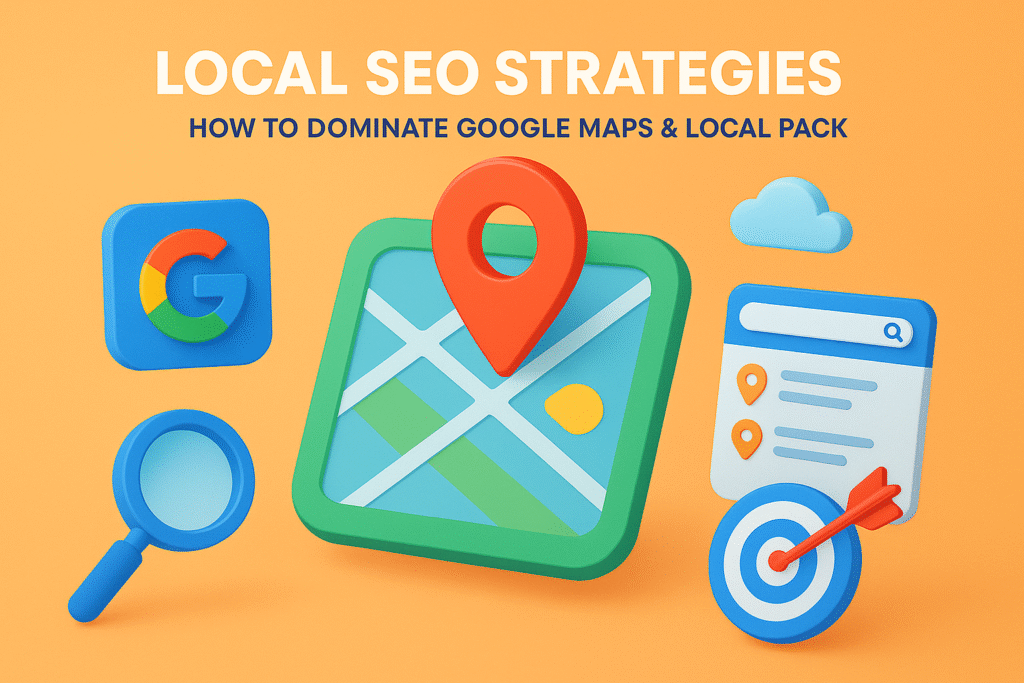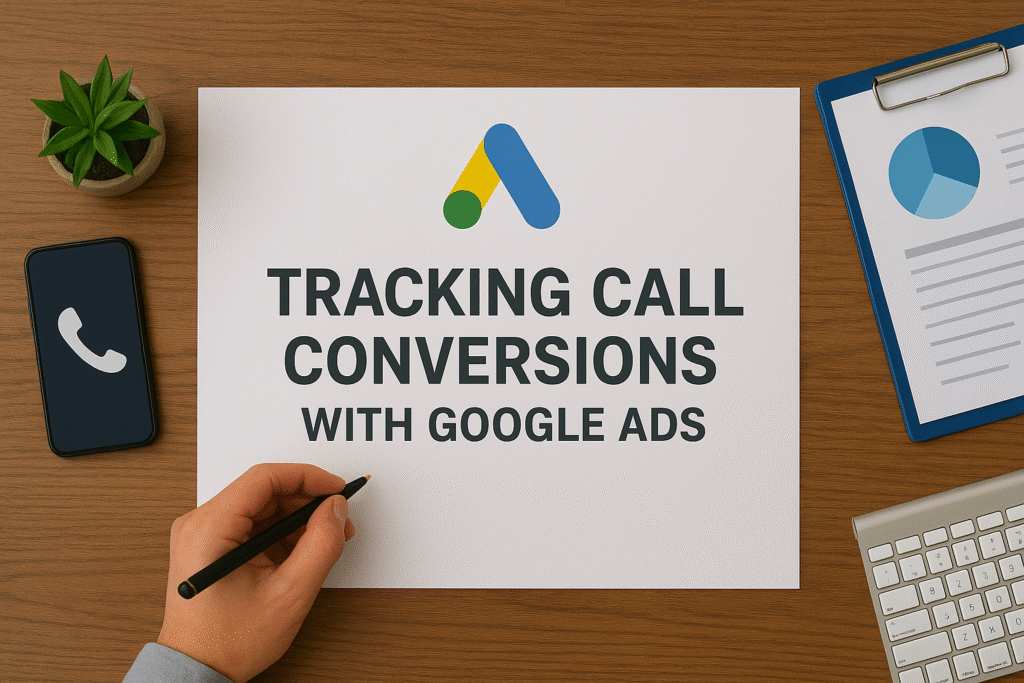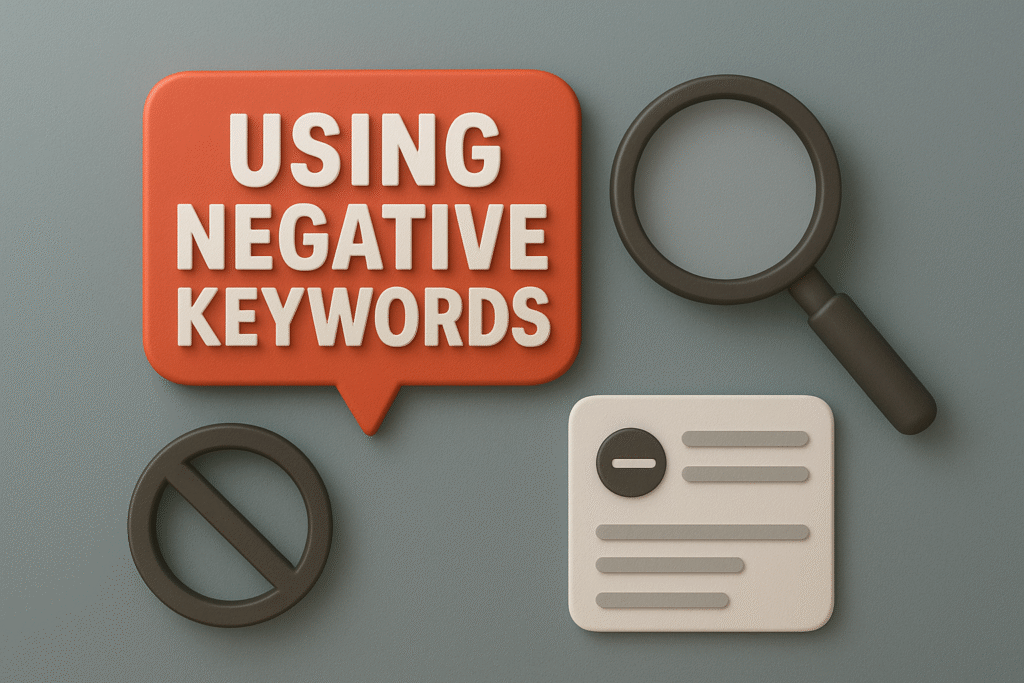In a world where attention spans are shorter than ever, a single line of text can make or break your content performance. That’s the power of an effective social media caption strategy. According to a recent Hootsuite report, posts with tailored captions experience up to 3x higher engagement rates compared to those with generic or auto-generated text. Captions aren’t just supporting text—they’re strategic assets that drive clicks, conversations, and conversions.
Understanding how to write compelling captions has become essential to standing out in the crowded digital landscape. Whether it’s a Tweet, Instagram post, LinkedIn update, or Facebook story, the right caption can increase time spent on your post, boost shares, and ultimately improve visibility and brand perception.
Why Captions Are Crucial in Social Strategy
Social platforms prioritize engagement. That means likes, comments, shares, and saves directly impact your reach. An optimized social media caption strategy helps trigger those signals by adding context, sparking emotion, and encouraging action. Captions act as your brand voice—they reflect your tone, intent, and message.
Studies by Sprout Social reveal that captions which include emotional language and direct CTAs (Calls to Action) can improve interaction rates by 30–40%. This makes captioning an art as well as a science—rooted in psychology, creativity, and data.

Pro Tip: Use actionable verbs in the first 125 characters to capture interest before the “Read more” cut-off, especially on Instagram and Facebook.
Crafting Captions That Actually Work
Creating captions that engage is not about writing long essays. It’s about maximizing clarity, personality, and relevance in just a few lines. Here’s how to refine your social media caption strategy for maximum performance:
1. Start With the Hook
Just like a blog or email subject line, the first few words of your caption should stop the scroll. Questions, bold statements, or data points work well here. For example:
- “Did you know the average user scrolls past 300 feet of content daily?”
- “This one tactic helped us increase our Reels engagement by 250%.”
These opening lines signal value or curiosity—both are powerful triggers for engagement.
2. Add Context Without Overwriting
Your caption should add context to the visual or video content without restating the obvious. Think of it as the behind-the-scenes voice that helps the audience understand your intention.
If you’re sharing a design, explain the strategy. If it’s a testimonial, share why it matters. Context bridges the emotional gap between viewer and brand.
3. Use Keywords—but Make Them Human
Much like blog SEO, keywords are important in captions too. Embedding relevant keywords into your social media caption strategy can help with platform searchability. For instance, terms like “content marketing tips” or “Instagram growth strategy” should be included naturally.
However, avoid keyword stuffing. Instead, speak your audience’s language. On platforms like LinkedIn, use industry jargon; on Instagram, keep it relatable and punchy.
4. Include One Clear CTA
Captions with clear calls to action are proven to increase engagement. Ask users to:
- Comment their opinion
- Tag a friend
- Visit your bio link
- Save for later
- Share the post
CTA phrases like “Double-tap if you agree” or “Which one’s your favorite?” help start conversations organically.
Pro Tip: Rotate your CTAs across posts—don’t always push for links. Sometimes, a simple “What do you think?” can outperform “Click the link in bio.”
5. Match Tone with Platform
Each social platform has its own native voice. For your social media caption strategy to succeed, your tone should reflect platform culture:
- Instagram: Fun, informal, and visual-focused
- LinkedIn: Professional, insight-driven, value-focused
- Facebook: Conversational, story-oriented
- Twitter (X): Witty, concise, and timely
What works on Instagram might fall flat on LinkedIn. Know your audience and write captions that belong to the platform you’re using.
Tools to Help You Write Better Captions
Writing captions at scale can be tough—but not if you have the right tools. Platforms like Later, Hootsuite, and Buffer offer scheduling features with built-in caption templates and analytics.
You can also use AI tools like Copy.ai or Jasper to generate caption variations based on tone and audience behavior. However, these should support, not replace, your creative thinking.
How Captions Affect Engagement Metrics
Captions don’t exist in a vacuum—they affect nearly every metric in your social media strategy. According to Social Insider, posts with captions over 100 characters perform more than 60% better in terms of comments and shares compared to posts under 50 characters.
Strong captions:
- Increase dwell time
- Improve comment rate
- Encourage sharing
- Boost profile visits
- Lower bounce rate from links
Each of these feeds back into the platform’s algorithm, signaling relevance and encouraging better reach on future posts.
Pro Tip: Use storytelling and open-ended questions to encourage long-form comments. This not only boosts engagement but also trains the algorithm to push your content higher.
Conclusion: It’s Time to Take Captions Seriously
If you’re putting energy into your visuals and skipping the captions, you’re leaving engagement on the table. A strategic approach to your social media caption strategy will help build brand loyalty, improve organic reach, and turn casual viewers into active community members.
To take your content game further, check out our guide on How to Write SEO-Friendly Content That Still Converts.
Read More Blogs:
-
How the Instagram Algorithm Works in 2025 & How to Beat It
-
A Step-by-Step Guide to Outreach on Facebook for Off-Page SEO
-
The Right Way to Ask LinkedIn Experts for Article Contributions




